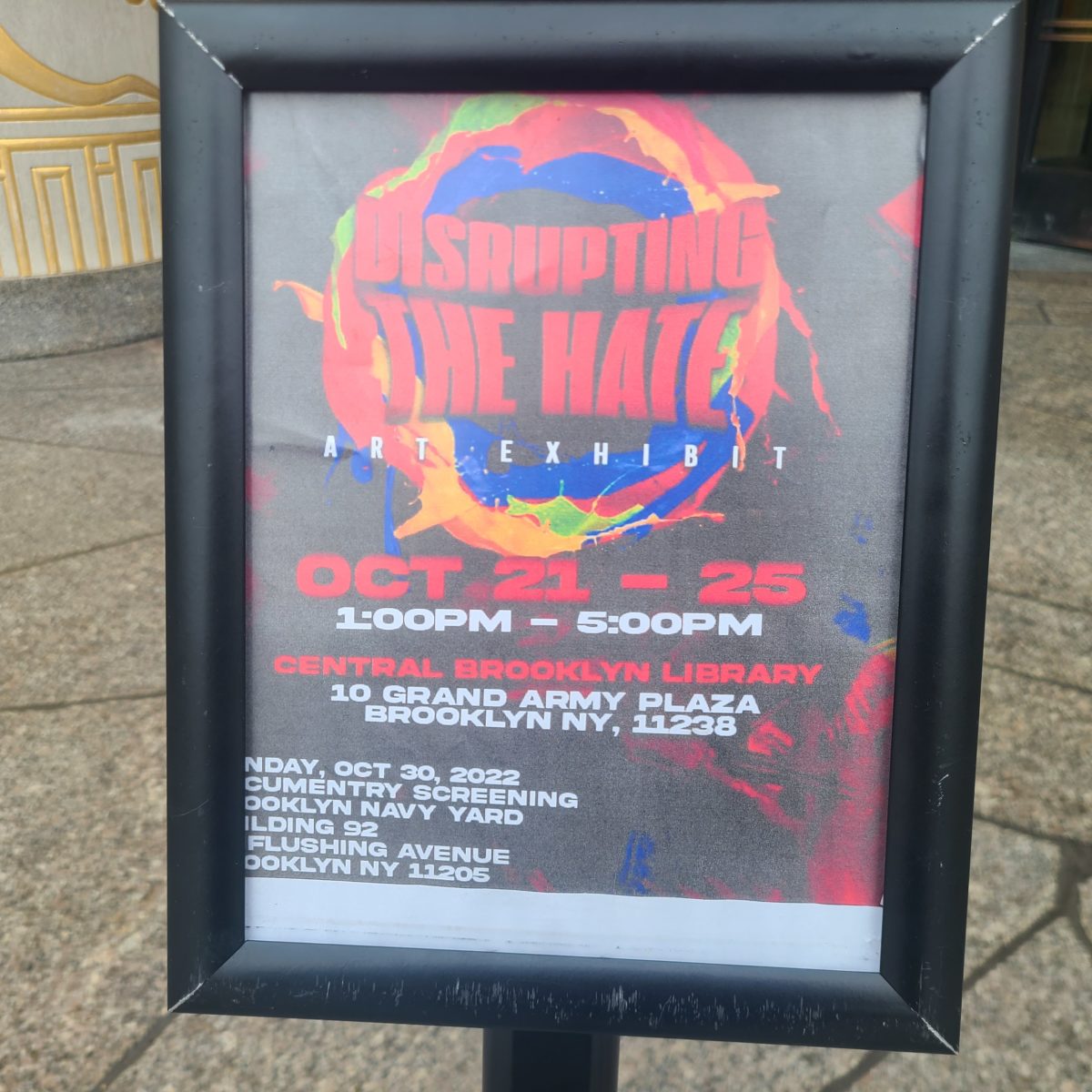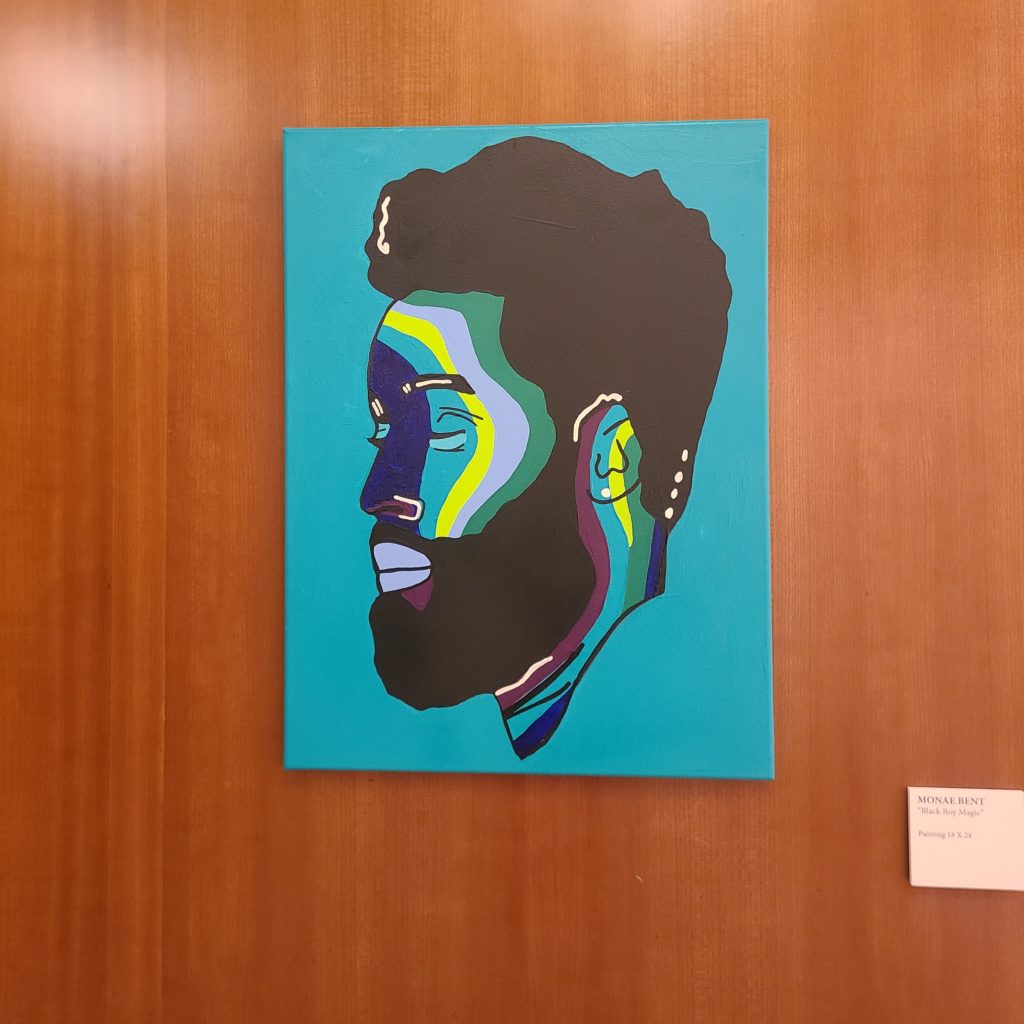By Mayor Eric Adams
Tuesday, Nov. 8 is Election Day in New York City – your last chance to join millions of New Yorkers in making your voices heard and casting your ballots in these critical elections.
The polls will be open from 6 a.m. to 9 p.m.
If you can’t vote on Tuesday, you can also vote early in-person. Early voting polls will be open through Sunday, Nov. 6.
Your poll site may have changed, so it’s important to check your poll site location and its hours before you vote at nycvotes.org.
This year, voting is more important than ever. The outcome of these elections will affect you and your family’s future, our economy, education, healthcare and more. And in every single race, your vote matters – from the Governor and Attorney General, to your Congresspeople and State Representatives.
We’re deciding who will lead our state into the future, and what kind of future we want for our state.
Also, four ballot proposals are on the back of your ballot, so remember to flip yours over.
I’ve made my plan to vote – and it’s critical that you do, too.
And not just yourself; bring your friends and family along, too. All U.S. citizens aged 18 and older who have registered are eligible to vote.
I hope that you will join me and millions of your fellow New Yorkers in going to the polls and getting the change you want to see done.
For more information on where and how to vote, as well as who and what issues are on the ballot, check out nycvotes.org.
If you are not currently registered to vote, you can register for next year’s election on that website as well.
All New Yorkers have the right to vote in their language.
You may bring an interpreter to the voting booth – it can be a friend, a family member or a poll worker, but it can’t be your employer or union representative.
The Civic Engagement Commission will be providing interpretation services in select languages and poll sites on Saturday, Nov. 5, Sunday, Nov. 6 and on Election Day, Tuesday, Nov. 8.
For more information on interpretive services, please visit participate.nyc.gov. And if you run into any problems when you try to vote, call 311.
Our democracy relies on individuals with different opinions coming together to find solutions.
Voting is one crucial way we do this, and having discussions with each other is another.
Recently, my Administration held a summit on criminal justice. We brought experienced defense lawyers, judges, district attorneys, advocates and law enforcement officials together in search of solutions to a goal we all share: keeping New Yorkers safe and ensuring justice for all.
There is a lot that this group disagrees on, and each individual group will keep pursuing their individual goals. But there is also much we agree on.
Both public safety and justice are prerequisites to prosperity, and we need to do a better job on both.
No one should be afraid of crime on the subway, and no one accused of committing a crime should have to wait for months to get a hearing.
Our discussion helped us find common ground on important improvements to our system, and over the coming weeks and months, we’ll be continuing our conversations and turning them into actionable solutions that will make New York a safer city. And I will never stop fighting for the steps we need to keep us safe.
Working toward a more perfect city and country is never easy.
It takes all of us engaging in good faith conversation, expressing our views, and casting our ballots.
See you at the polls on Tuesday.






